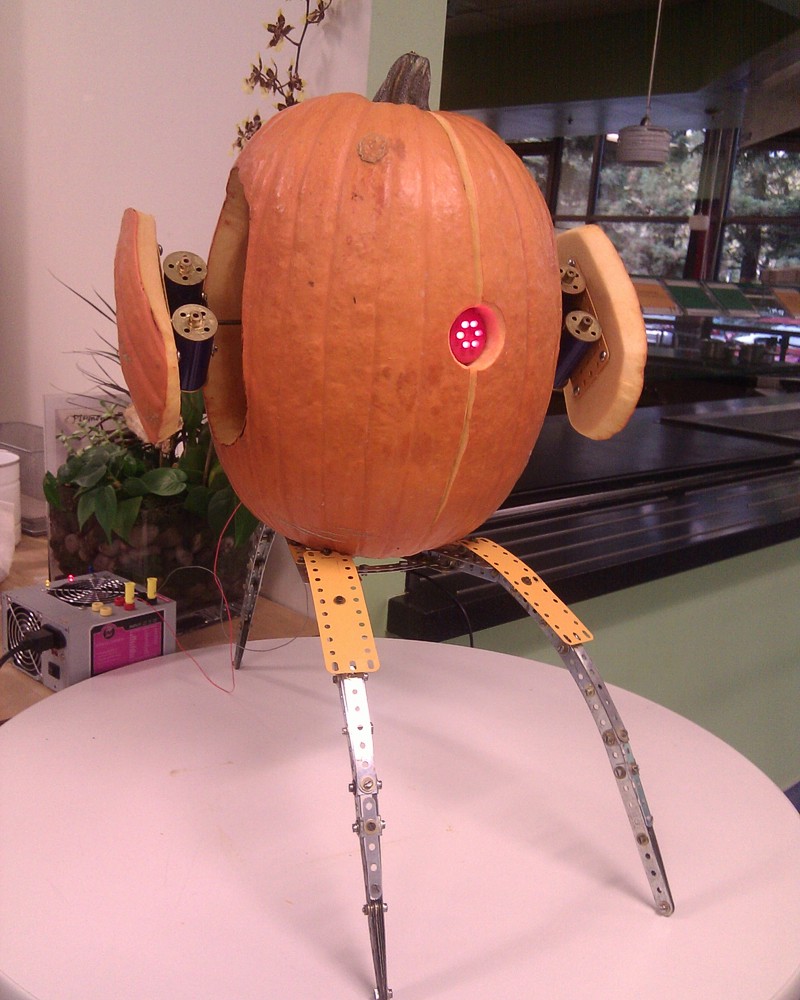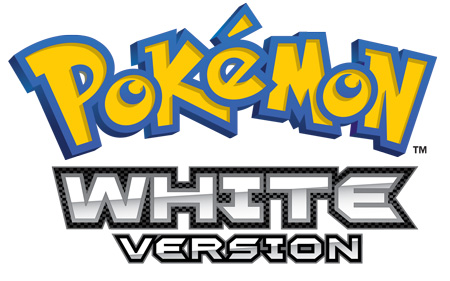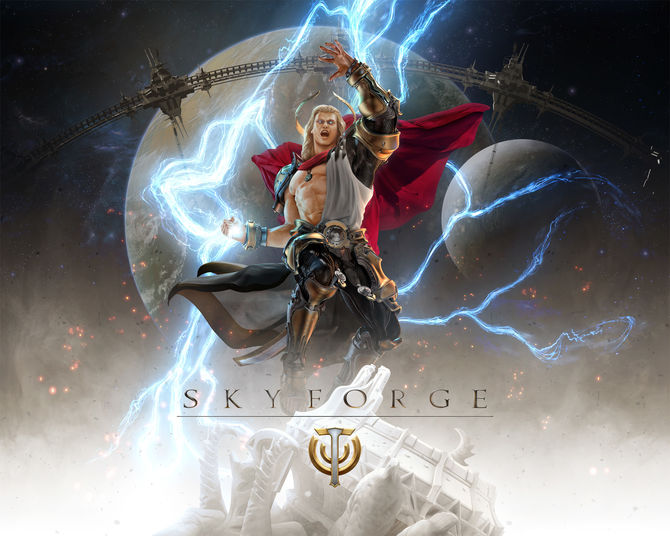

Game Rant’s Vivas Kaul reviews Eufloria
Earlier this month, Sony started its ‘Only on PlayStation’ promotion which heralded the arrival of several console exclusive games for PSN such as Rochard and the recently released Sideway: New York. The promotion is dedicated to offering unique content to PSN at a reasonable price to users. Eufloria, developed by Omni Creative Group International, was one such game.
It was originally called Dyson, but the change of name to Eufloria captures the minimalist visual aesthetic better than the original name. Eufloria was brought to the PS3 courtesy of the new promotion – as well as Sony’s $20 million initiative.
Eufloria almost sounds like it should mean ‘true flower’ in Latin. Indeed, this idea is closely tied to the visual aesthetic and the game’s plot. In Eufloria, the player takes on the role of a worker for a group of beings known mysteriously as the growers. As the agent of the growers, players control seedlings in an effort to conquer asteroids in space. Of course things aren’t all hunky dory as a mysterious group known only as the greys (and yes, that is the British spelling) begin to wreck havoc across the cosmos. As it stands, the mothertree charges the player with eliminating the grey menace and expanding the empire of the growers.
Obviously, the plot for Eufloria is paper thin at best, but narrative is not the principle driving force. Eufloria is actually a highly abstract strategy game where seedlings are units used to attack and defend asteroids. Once 10 seedlings are clustered around an empty asteroid – a tree can be planted on the surface. There are two types of trees within the game one is a standard unit producing tree and the other is called a “Dyson Tree” which acts as a defensive emplacement. In order to conquer an enemy asteroid, a player has to have their seedlings penetrate its surface. As the seedlings flow into the core, the asteroid’s energy is diminished – until it is conquered by the player. Each asteroid also has specific base stats for energy, strength, and speed. These stats will be the same stats that any units produced by that asteroid will have, but later on the game introduces a mechanic called “Terraforming” that allows the attributes to be changed. As time progresses the trees grow in size and their roots move deeper into the asteroid causing the trees to become more powerful and able to produce units at a faster rate.
The controls are also as streamlined as the gameplay experience, and unit commands are optimized to work with a gamepad. Most commands, such as sending a scout, is as easy as pressing X, moving the right stick to the desired planet, and pressing triangle. Attacking with large groups is just as easy as the game has very intuitive controls for commanding large groups of seedlings. Of course, the major downside to all this is that players can’t focus fire the units once they are attacking. They simply fire-at-will, so to speak, and shoot at anything that moves. This can make some engagements last for quite a bit longer than they have to – which is why Eufloria leans heavily on its ambient presentation.
Visually, Eufloria is minimalist. But zooming into an asteroid allows for more complex visuals to be seen. Each seedling has a shape and size in accordance with their stats, and the trees have an origami-like art style to their appearance. A large cluster of seedlings, while zoomed out, looks like a bunch of flies buzzing around a bright light at night, but zoom in and they have small fins and almost look like fighter jets. This also translates to battles where zooming in allows laser blasting sounds to be heard, booms from Dyson emplacements, and seedling deaths. The visual style is also complimented by an interesting ambient musical selection that emphasizes Eufloria’s relaxing atmosphere. All of this adds to those great moments when a massive swarm of player controlled seedlings moves across the asteroid belt to assault some enemy stronghold.
Each level is also procedurally generated rather than scripted adding some depth to the title. Considering that there are 25 levels spaced across 5 worlds, Eufloria will be a pretty enormous campaign for even the most veteran strategy enthusiast. There are also unlockable skirmish maps and a Dark Matter mode which consists of the game’s original levels but set against a dark background which obscures sight of anything that hasn’t been scouted – and also presents the player with tougher AI to fight. Additionally, all of these modes can be unlocked via the options menu right from the start. So players who have experienced Eufloria before or are very good at strategy games will probably want to unlock some of the more advanced levels early. Of course, this decision is a double-edged sword, as skipping the levels which introduce new mechanics has a terrible effect on the game’s pacing.
But for everything that Eufloria gets right there are a quite a few things it does that are downright frustrating. As previously mentioned, Eufloria eschews control of individual units in order to move away from traditional micromanagement. As a result enemy engagements can take a very long time and in the early goings it’s not uncommon to see a far superior force of seedlings get mowed down by a Dyson tree or enemy troops. Adding to this frustration is the fact that the best tactic for any strategic scenario is turtling. Since the game will produce units at a set interval for each asteroid, turtling until a large enough force of seedlings is generated is the easiest way to beat the game’s levels. The AI will attempt to dislodge a player’s base, but usually these attempts have no real affect, and the AI, in the regular game anyway, loves to retreat once most of their invasion force has been depleted. This is slightly mitigated in Dark Matter mode where the AI will act much more opportunistically. For example, if an entire legion of seedlings from a single planet is used in an attack the AI will instantly send its units to the empty planet rather than hold their ground against an assault force. However, this change in tactics is again beaten by turtling until a large enough force of units is generated. At this point a player can then split their forces for both attack and defense.
From a visual and auditory standpoint Eufloria is a new and artistic addition to the PSN lineup. From a gameplay standpoint the controls are very streamlined and work very well on a gamepad, but sadly the issue with the game is the fact that playing Eufloria boils down to simply playing a waiting game – in order to beat levels. Considering these facts, Eufloria is a bit of a wash. It’s a shame too considering how much effort was put in to make the visual style as appealing as it is and how crisp the controls work.
Sadly even with the procedural level generation the game lacks any real variety in terms of its core mechanics. Hopefully Omni gets the chance to make a sequel as it would be nice to see a more robust strategic element added into the game along with the stunning visuals. At that point Eufloria could be as addicting as Pixel Junk Monsters. For now though, players interested in this title may want to first check out the demo before committing.
Eufloria is available now for the PS3 (via the PSN).




 The Witcher 3 Wild Hunt: how to shave / cut Geralts beard / hair
The Witcher 3 Wild Hunt: how to shave / cut Geralts beard / hair Pokemon White Guide
Pokemon White Guide Skyforge (PC) beginners guide
Skyforge (PC) beginners guide Assassins Creed Unity (DLC) Dead Kings walkthrough
Assassins Creed Unity (DLC) Dead Kings walkthrough File Explorer's Address Bar Has a Cool Feature in Windows 10
File Explorer's Address Bar Has a Cool Feature in Windows 10